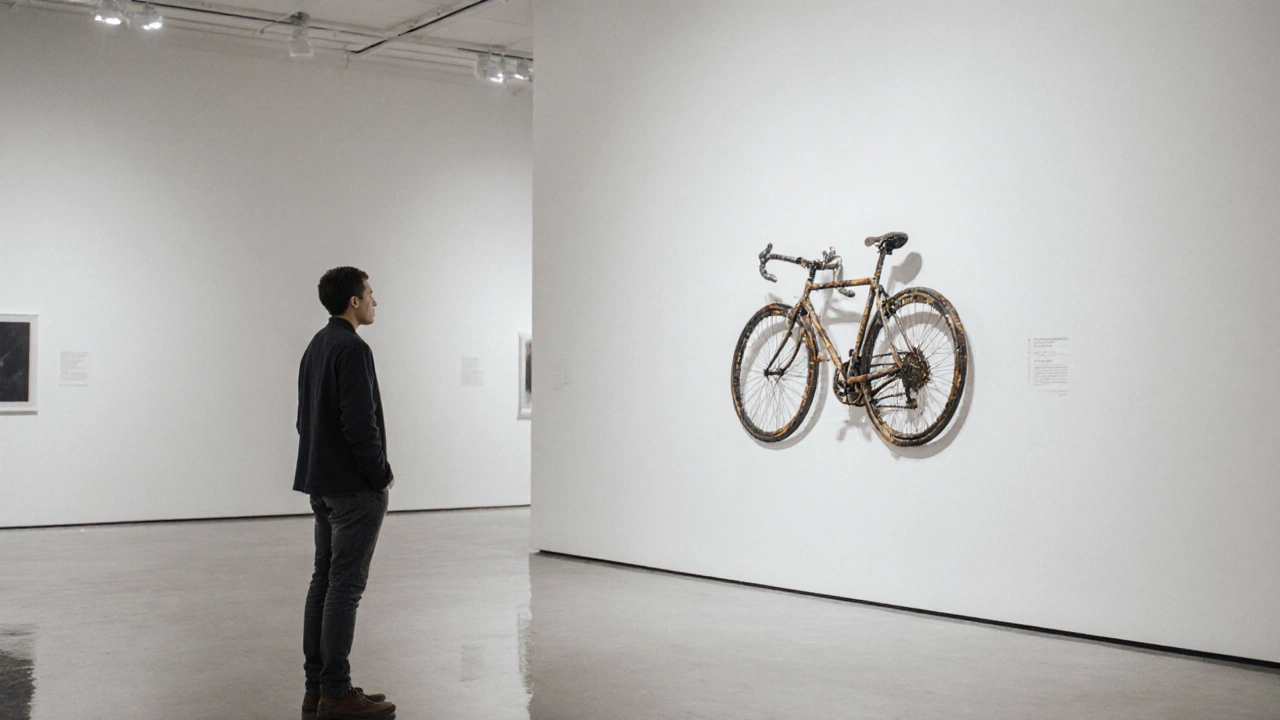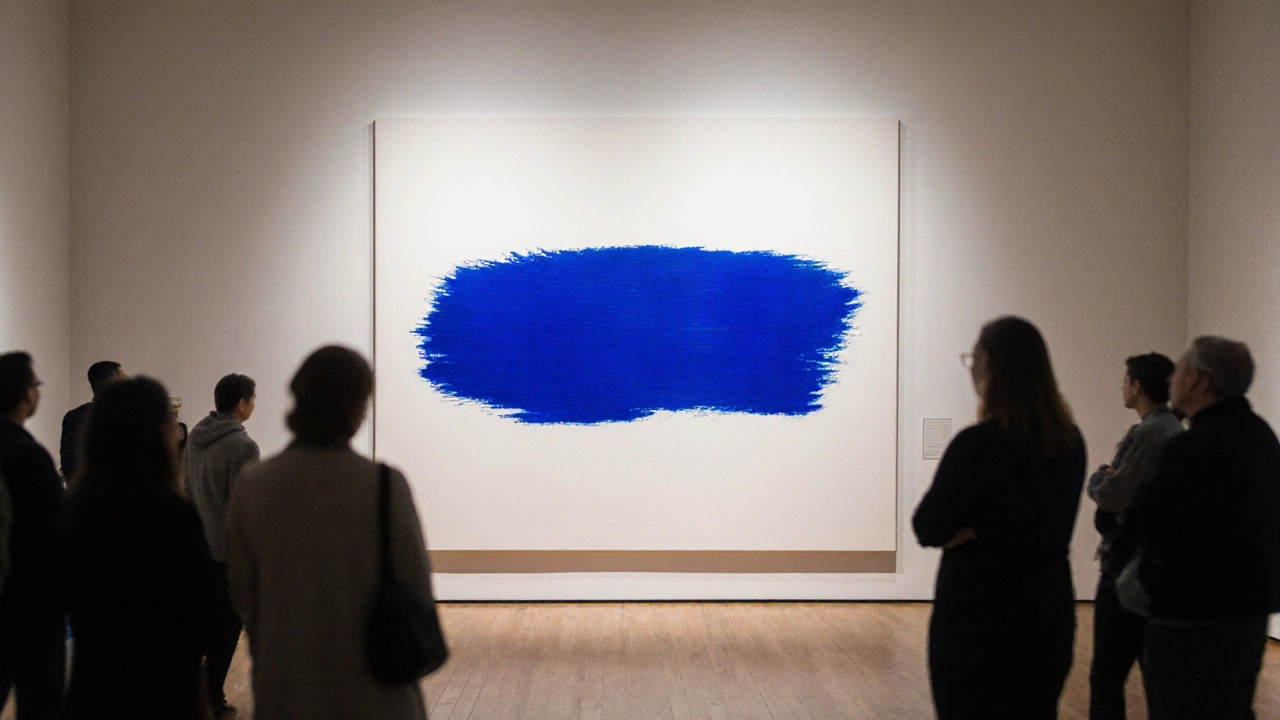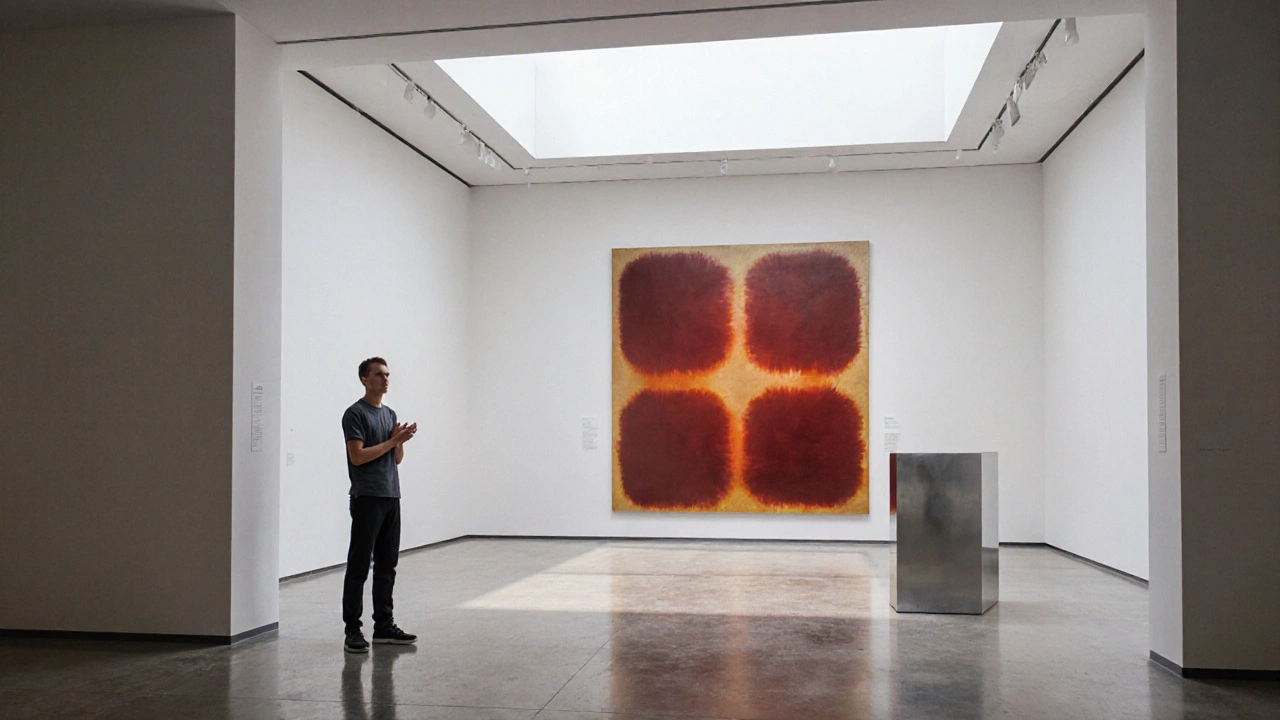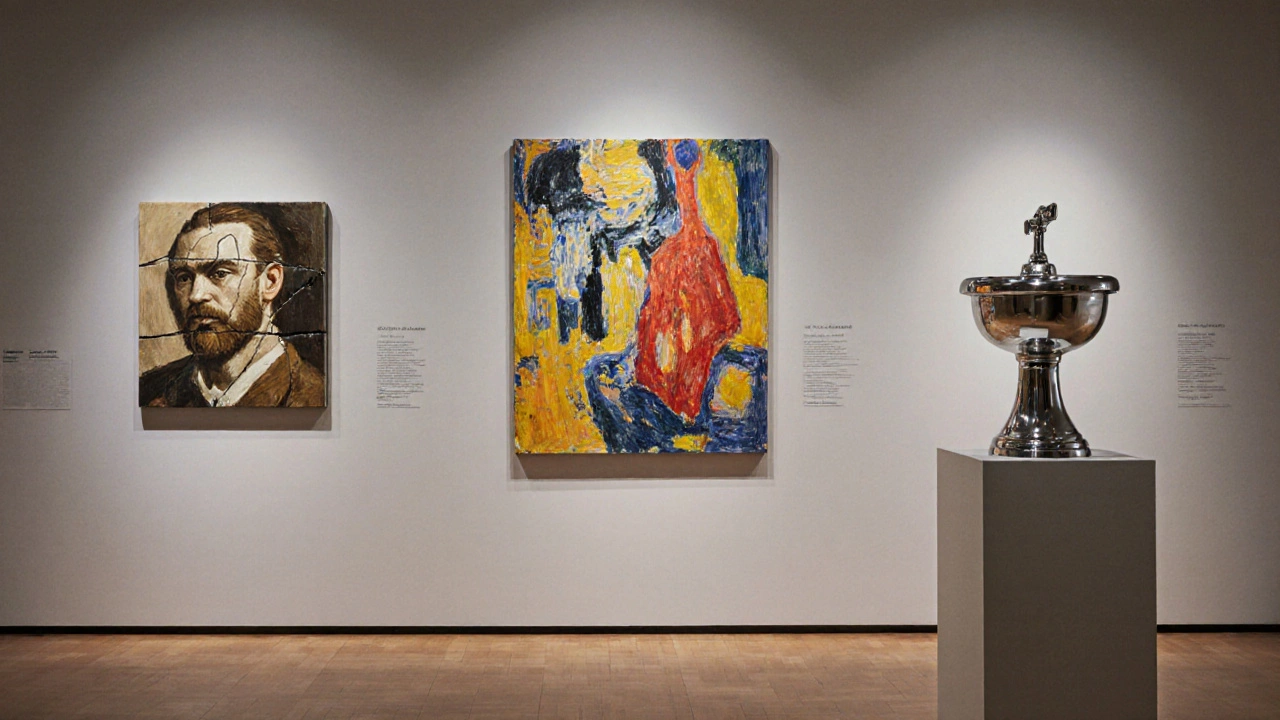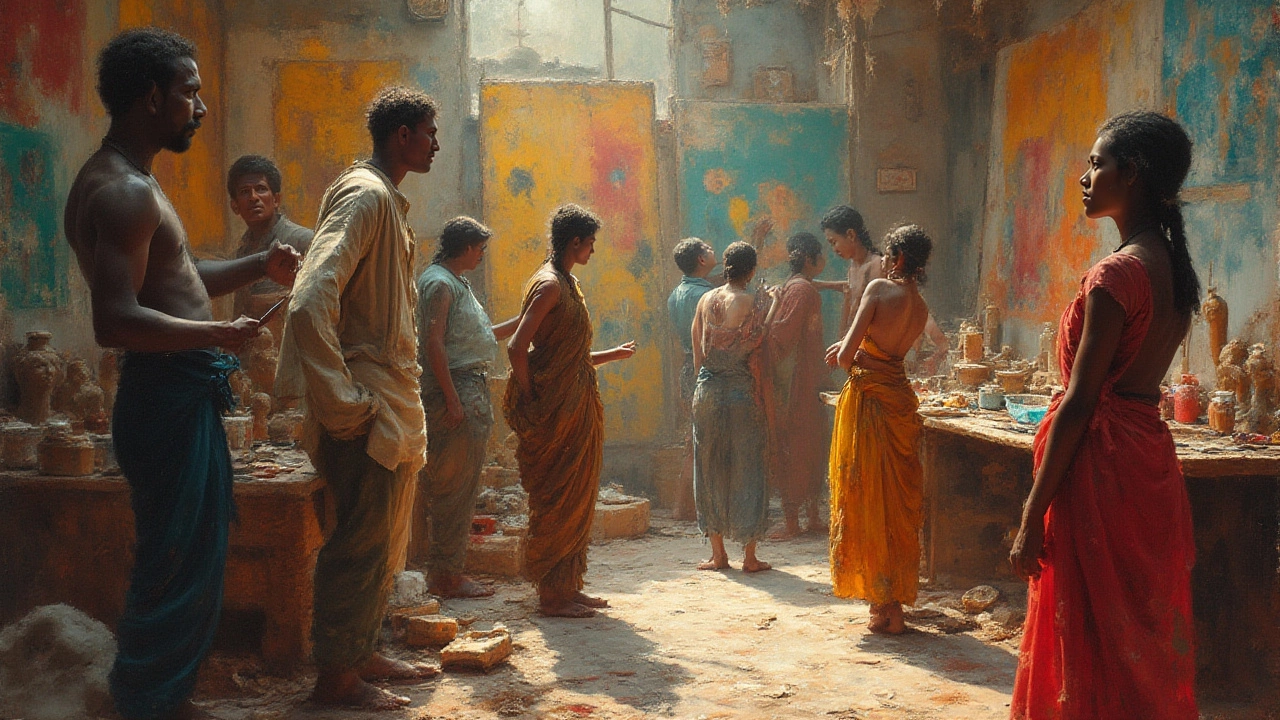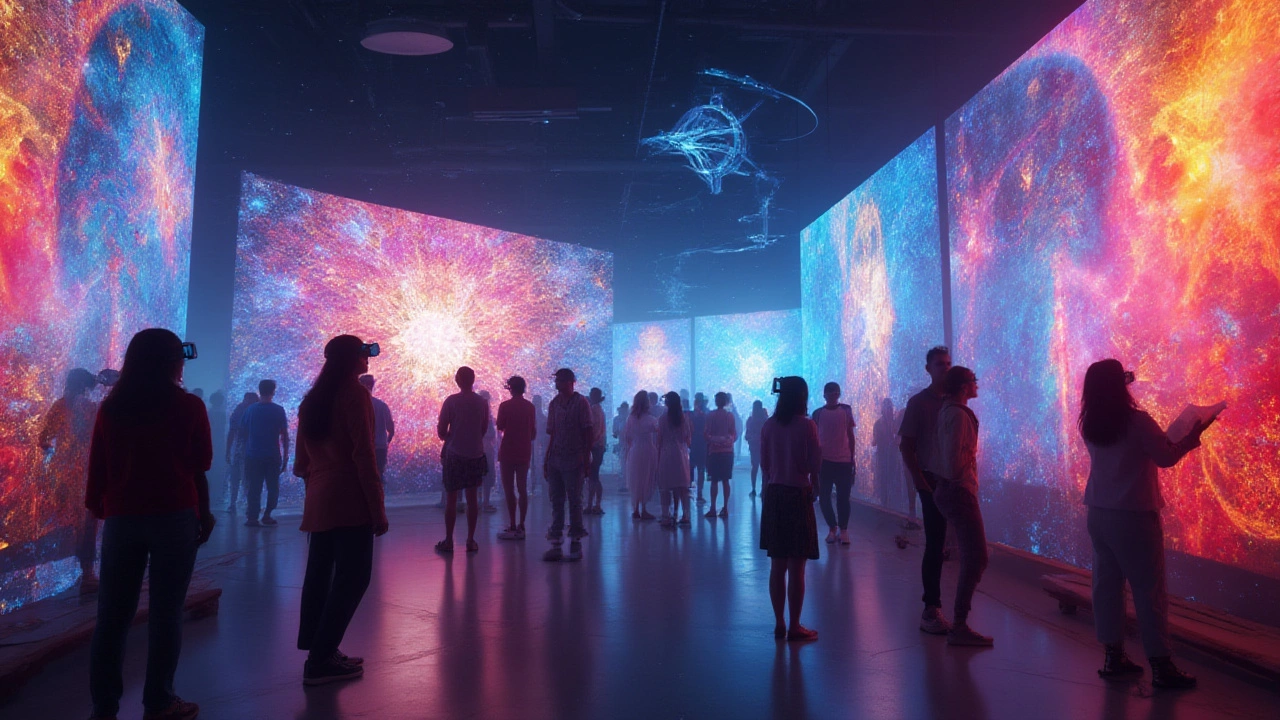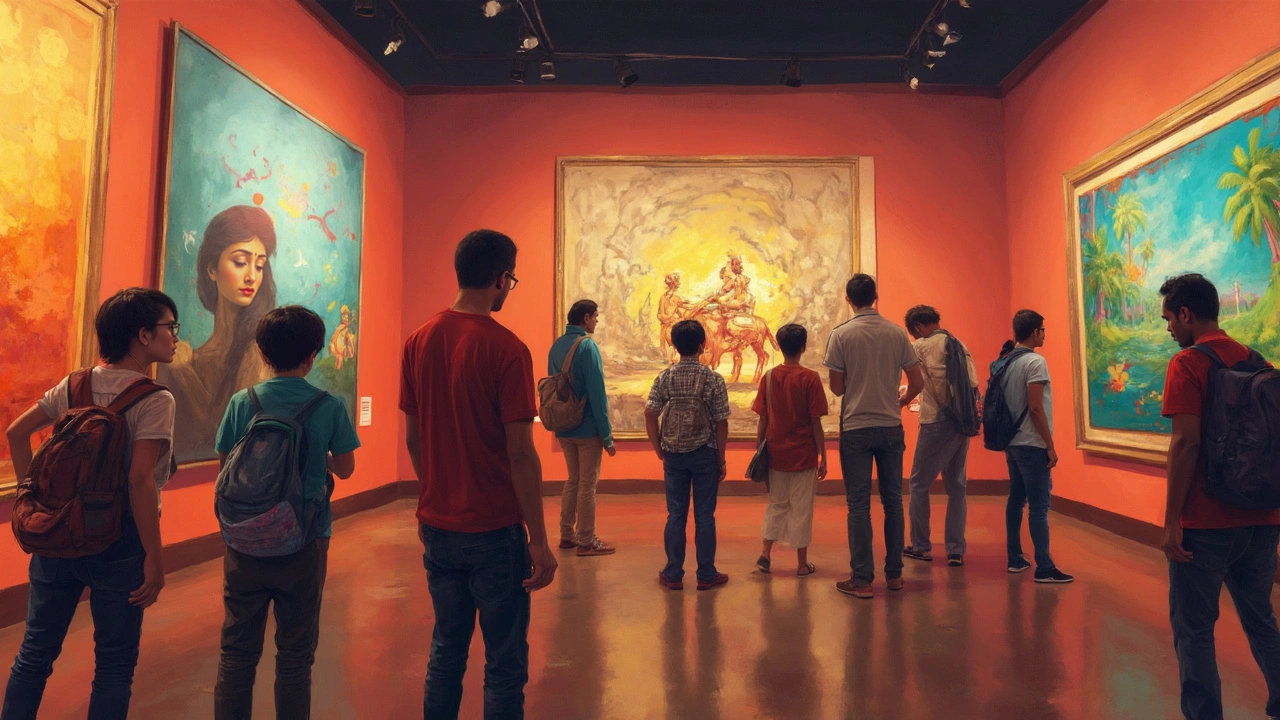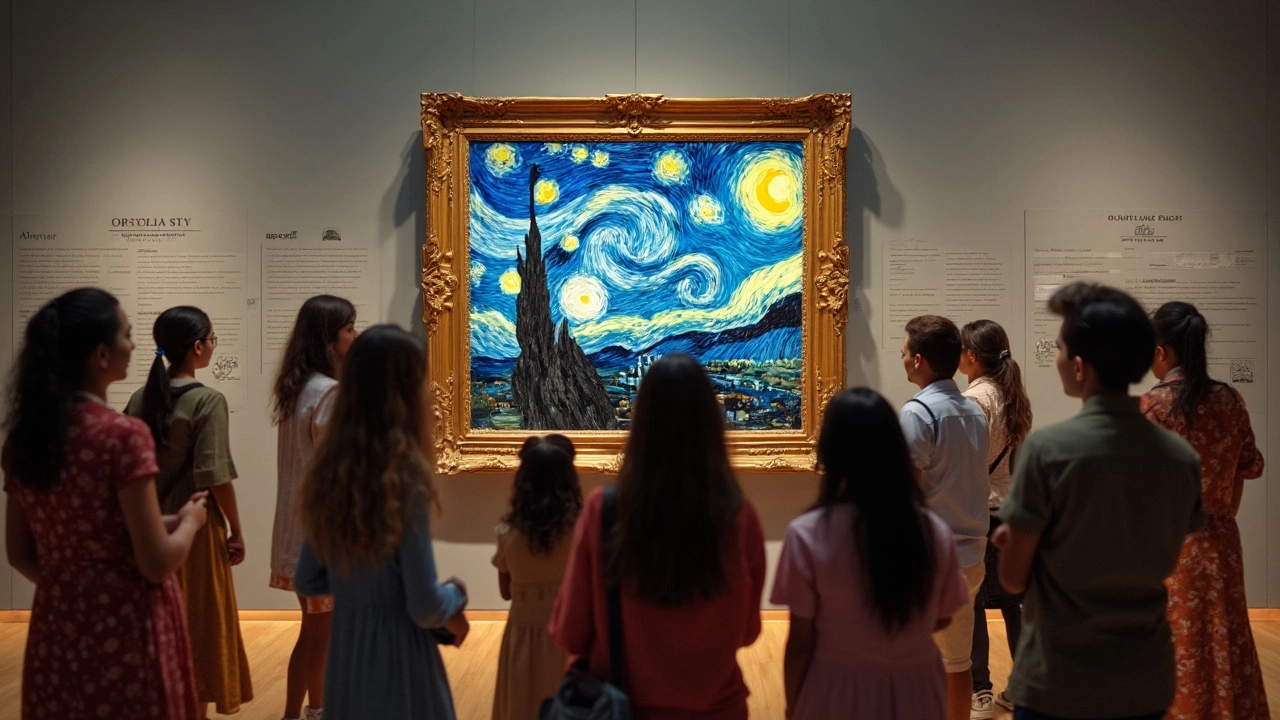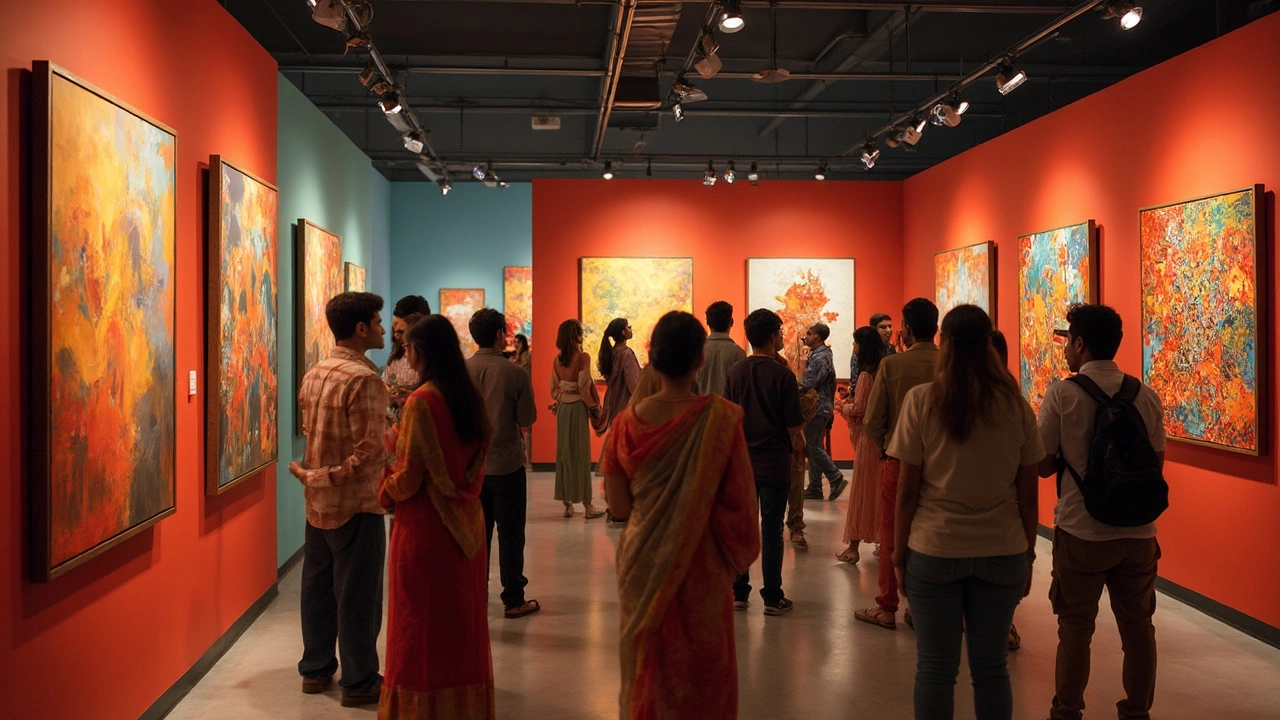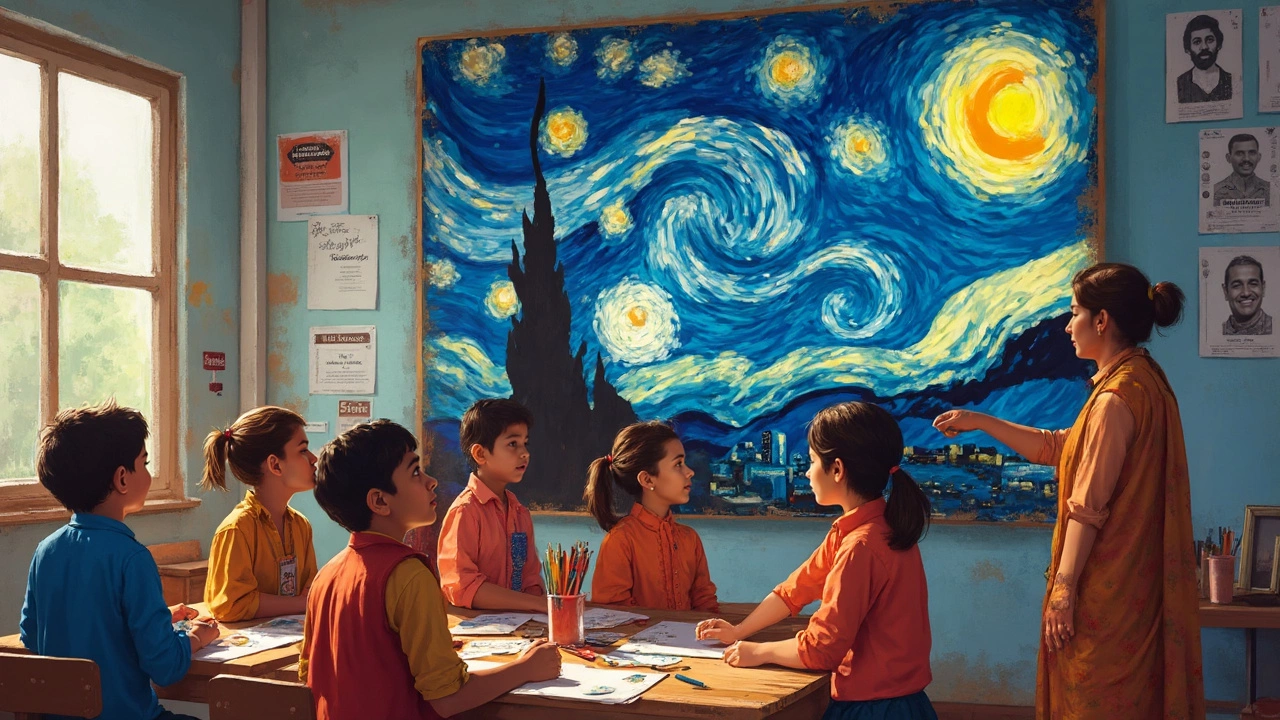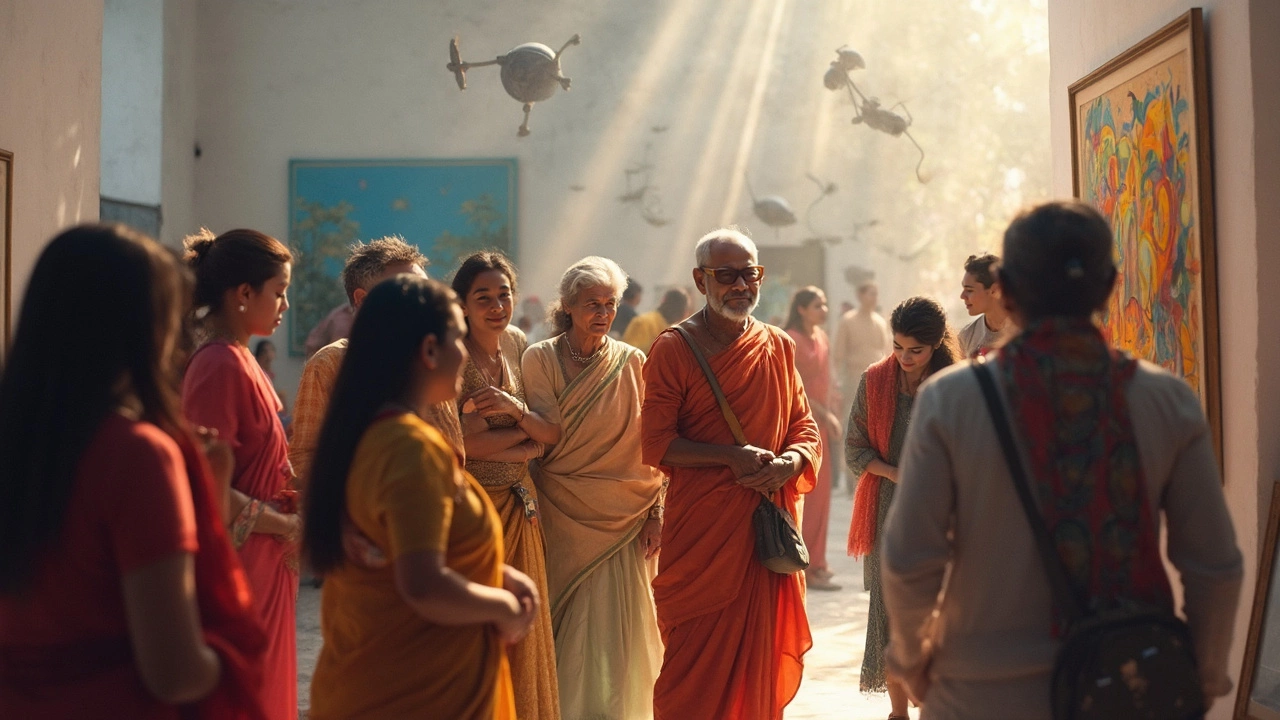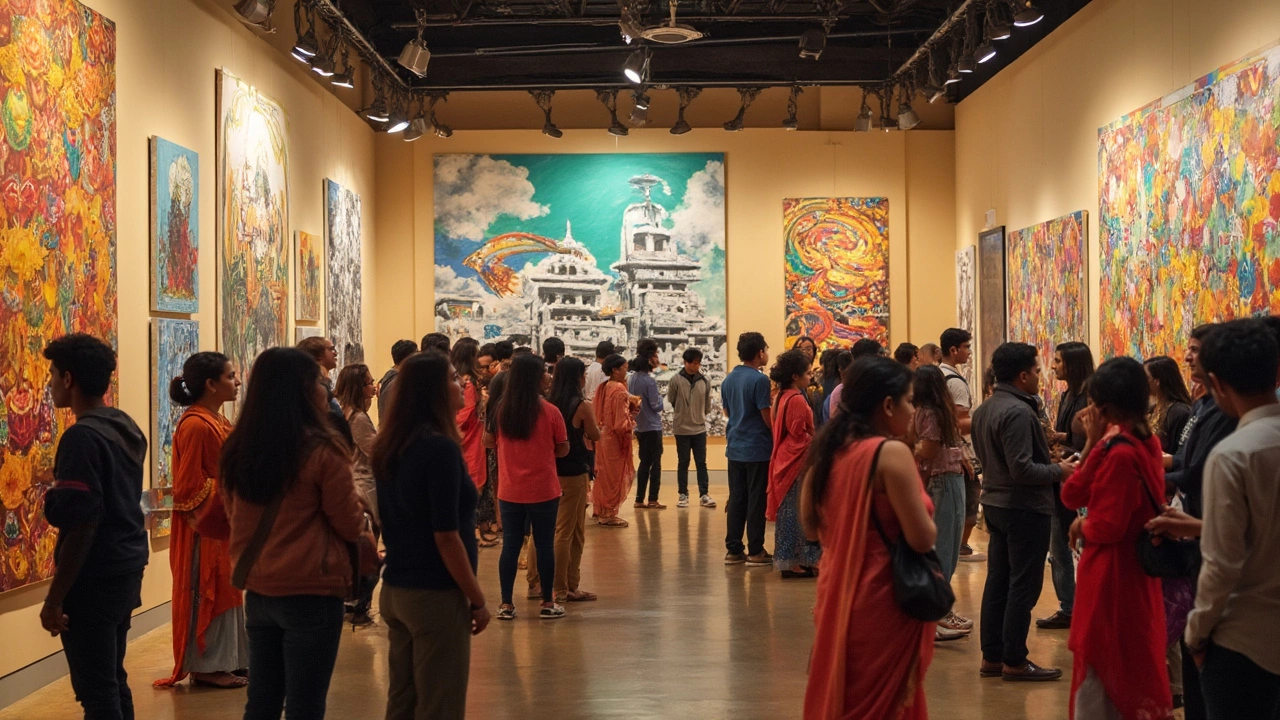Modern Art: History, Trends and How to Spot It
Ever walked into a gallery and wondered why a canvas looks like a splash of colors or why a sculpture seems to float? That’s modern art in action. It broke away from the old rules, tried new ideas, and still keeps pushing the limits. If you want to understand what makes a piece “modern,” you’re in the right spot.
Why Modern Art Matters
Modern art started in the late 1800s when artists got tired of painting exactly what they saw. They wanted to show feelings, ideas, and the fast‑changing world around them. Think of Impressionists like Monet, who painted light instead of details, or the bold moves of Cubism that sliced reality into shapes. These shifts weren’t just about looks; they opened doors for anyone to question what art could be.
Today, modern art still talks about our lives. It can shout about climate change, whisper about identity, or just make you smile with a weird robot that paints on its own. The point is, modern art never stops asking “What if?” and that keeps it exciting for viewers and creators alike.
Current Trends Shaping Modern Art
Fast forward to 2025, and the scene looks even more tech‑savvy. AI‑generated pieces are popping up in major museums, and artists use code to create images that change every time you look at them. Immersive installations let you walk inside a digital forest or sit in a room that reacts to your heartbeat.
Another hot trend is mixed media. Artists are blending paint, video, sound, and even food to tell a story. You might see a canvas that you can actually touch, or a sculpture that plays a short film when you walk by. These combos keep the experience fresh and make the line between “art” and “experience” blur.
If you’re trying to tell whether a piece is truly modern, look for a few clues. First, ask if the work breaks a traditional rule—like using everyday objects as art or ignoring realistic perspective. Second, see if the piece talks about today’s world, whether through subject or the tools used. Finally, notice the feeling it gives you; modern art often wants you to think, feel, or even act.
One example is the ongoing debate about Van Gogh’s "Starry Night." Some call it modern because it broke away from realistic night scenes, while others see it as post‑Impressionist. The discussion shows how the label can shift over time, reminding us that modern art isn’t a strict box.
So, next time you stand in front of a strange painting or a glowing digital display, ask yourself: what rule is this piece breaking? What story does it want to tell about today? Those questions will help you spot genuine modern art and enjoy the creative ride.
